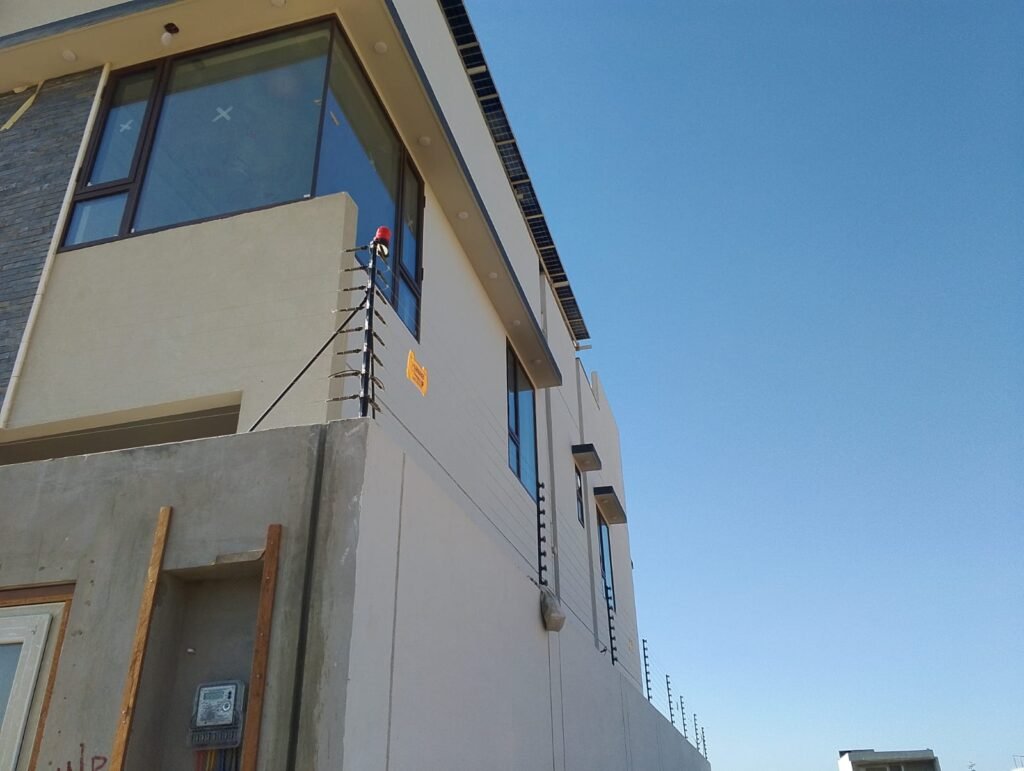The mounting structure of the installation is one of the most important facets of solar system implementation, and one of the most easily forgotten. In contrast to metal mounts, which are easier to install, and which offer longitudinal portraits of strength, the metal mounts which are used in solar systems can conduct electricity, which is dangerous and poses other risks.
The preferable alternative is the FRP (Fiber Reinforced Plastic) solar mounts which are non-corrosive and nonconductive and are considered to be a safer option for residential structures and as well industrial installations of solar systems. Keep reading to know how plastic solar mounts can improve electrical safety.
The Electrical Safety Challenge in Solar Installations
Intricate systems of electrical connections are incorporated in any solar system which includes the panels, inverters, cables, and the grounding network. At the level of a mounting structure, if there are conductors of metal, the structure and its results might be a part of a lightning strike so there will be risks to the system, as well installer and personnel.
The traditional mounts have the following shortcomings:
- The system is faulty and there is current leakage.
- The postings rust and corrode which results in bad grounding and loose clips.
- The wires are alive, and there are points of conductors which shall not be connected to the wires.
The Positive Impact of FRP on Solar Structures and Safety
The manufacturing of FRP (Fiber Reinforced Plastic) components allows for the welcomed advantages of advanced engineering materials and the solving of prior existing issues. FRP is very protective to surrounding personnel due to the non-conductive properties associated with the material.
The FRP solar mounts constructed of FRP fiberglass with associated resins are:
- Not able to conduct electricity and hence are excellent insulation
- Resistant to ultra-violet light, weather, and corrosion.
- Thin and Light, yet able to withstand immense stress over prolonged periods
In comparison to FRP structures, Metal Structures corrode and weaken the most due to humid and coastal conditions. This is most relevant to certain places with abundance of moisture and salt concentration.
How FRP Solar Mounts Enhance the Safety Associated with Solar Structures
1. Non-Conductive Structure
FRP will eliminate the chances of electric shock, due to the non-conductive properties. This is very important when in the presence of solar panels that are inter-connected and held in a closed enclosure.
2. Enhanced Protection Against Ground Faults
The implementation of metallic mounts allows for ground faults to spread at a quicker rate. FRP mounts is able to contain faults, preventing the flow of the current through the structural components.
3. Corrosion Resistant Connection
Excessive metallic corrosion can lead to increase of resistance, and creation of ignition points. The corrosion proof property of FRP is greatly welcomed as it provides certainly for stable and secure electrical performance with the passage of time.
4. Installation and Maintenance Safety
The use of FRP solar mounts and attachments help technicians handle solar panels with a lesser risk of electrical injuries as there is no electrically conductive frame and any accidental touches with wiring or grounded systems is not as perilous.
Durability and Long-Term Value
Mitigating risks and increasing longevity to solar equipment is another advantage offered by FRP solar mounts. Unlike solar panels that sag and heat under extreme conditions or heavy loads, FRP mounts retain their strength and shape.
This leads to other FRP solar mounts benefits such as:
- Minimal maintenance needs to increase longevity.
- Earthing or insulation is needed less.
- Installation and transport ease is increased from less weight.
This makes FRP solar mounting systems a reliable and cost-effective solar solution for large installations over a long period of time.
Advancements of Safer Solar Solutions with PIR Electronics
PIR Electronics aim to ensure competitiveness of their solar mounting systems by integrating FRP with other materials to improve electrical insulation and structural stability while still providing strength. These mounts still comply with international FRP mounting regulations.
PIR Electronics materials with utmost focus on refinement allow industries and homes to keep metallic solar systems without worrying about electrical faults, a major risk in solar systems. These FRP solar mounts and attachments help ensure a bankable, cleaner future with renewable energy.
The Future of Durable Solar Infrastructure
The globalization of solar insulation installations has prompted the development of safety regulations. Solar engineers and companies understand that electrical insulation should begin at the structure level. FRP solar mounts are now preferred electrically non-conductive materials mounts.
- Non-conductive materials
- Low cost of maintenance
- Highly resilient to chemical and environmental corrosion
- Ability to endure extreme weather
These qualities make them appropriate for energy systems that are protective and high performing.
Conclusion
Electrical safety systems in solar arrays are vital and the mounting material is crucial in achieving that. Fiber Reinforced Plastic solar mounts offer a contemporary answer to the challenge of balancing non-conductive solar mounts and economically solar systems.
FRP solar mounts reinforce the safety of the systems operational personnel and the solar systems as a whole. PIR Electronic is committed to advancing solar safety by integrating high-quality FRP technology into modern solar mounting solutions. This is through Fiber Reinforced Plastic technology which enhances safety of systems. For years to come, the energy offered is solar energy is going to remain safe and reliable.

